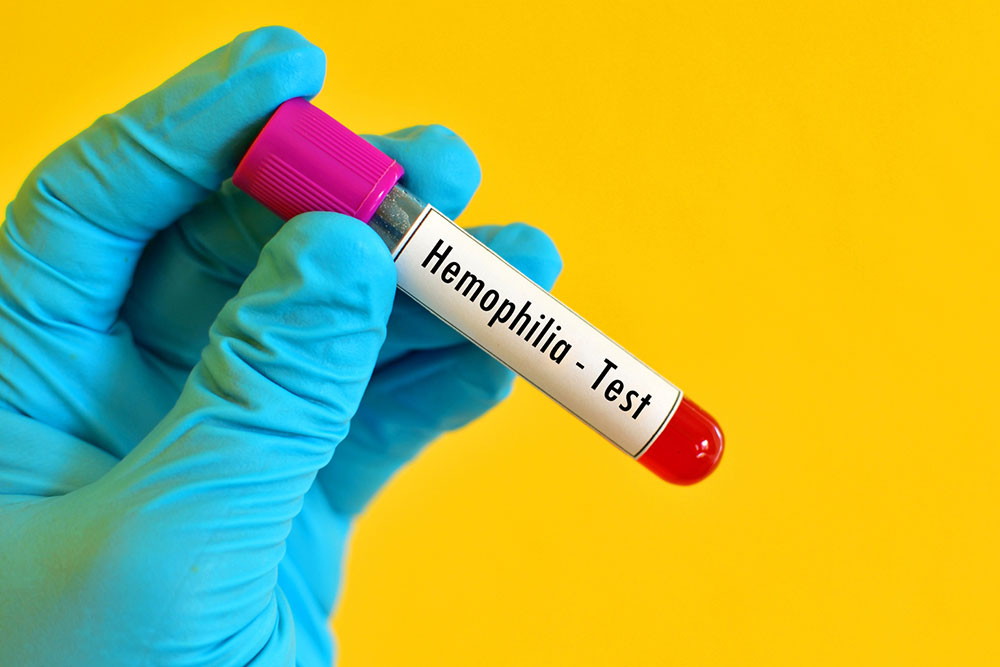
Hemophilia – Signs, symptoms, and diagnosis
Hemophilia, a bleeding disorder, causes the blood to take longer to clot. There are different types of hemophilia. The main symptom of hemophilia is excessive bleeding. Sometimes this condition can go unnoticed for years until a serious condition occurs.
Internal bleeding and frequent bleeding into joints could end up occurring anywhere without a cause in some cases. People with moderate hemophilia bleed less often (around one time every month) or could bleed for a long after an injury, surgery or accident. People with mild hemophilia sometimes never have bleeding problems.
What causes hemophilia?
Hemophilia belongs to a class of inherited bleeding disorders, causing exaggerated or abnormal bleeding and poor blood clotting. It is caused when the blood vessel lining is damaged; an initial plug is formed by the recruited platelets to the wounded area. These stimulated platelets end up releasing chemicals which flag off a clotting cascade, triggering a sequence of 13 proteins called clotting factors. Finally, the fibrin forms. It is a kind of protein crosslinking itself to form a mesh, producing a blood clot. The protein in hemophilia A is factor8 and hemophilia B is factor9.
Types of hemophilia
Hemophilia A results from a deficiency of factor8 due to a mutation on the corresponding gene. This is more common than hemophilia B and about 80% of people suffer from it.
Hemophilia B happens due to the mutation in the factor9 gene, so there is a deficiency in this clotting factor. This condition occurs in about 1 out of every 20,000 to 30,000 people. Hemophilia B has a subgroup called Leyden phenotype, which is characterized by severe hemophilia during childhood that improves at puberty.
Hemophilia C occurs due to a deficiency in factor11. This condition is rarer than hemophilia B and A. It classically leads to minor indications and signs.
Signs and symptoms:
The signs and symptoms of hemophilia A and B are mostly the same.
- Stressful joint or muscle
- Pain and stiffness
- Swelling
- An ache or cramps
- Big bruises
- Bleeding continuously for a long time especially after an injury to the head
- Prolonged bleeding after surgery, getting a cut, and removal of a tooth
- Spontaneous bleeding without any clear reason
- Bleeding into muscles and joints
How can hemophilia be diagnosed?
A blood sample of the patient is first collected to measure the level of factor activity in the blood. Factor tests will be conducted for hemophilia A, which is diagnosed by testing the level of factor8 activity, while for hemophilia B a measure of factor9 is conducted. If the patient is pregnant, she could take the test to learn about this condition and prevent that baby from acquiring it. This prenatal diagnosis could be done from 9 to 11 weeks from the gestation period. You need to immediately consult a doctor if you start showing signs and symptoms of hemophilia.




